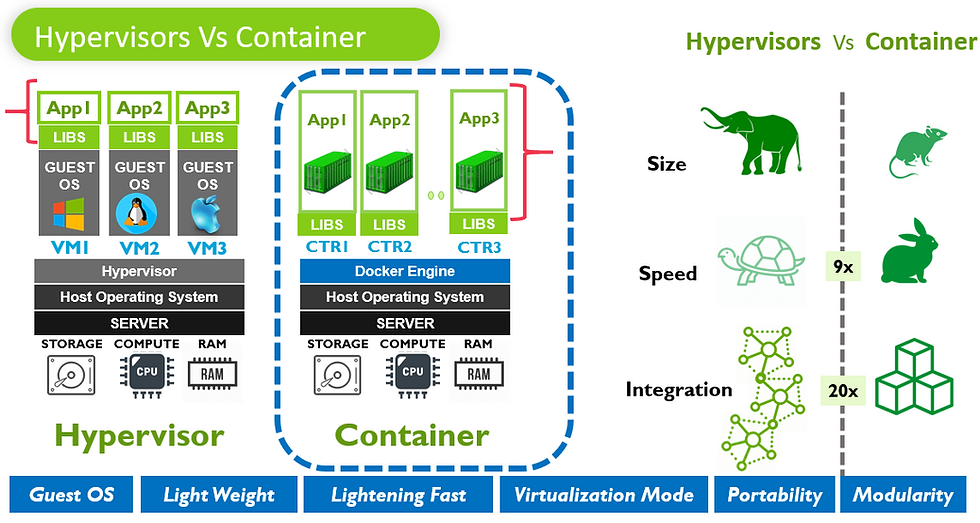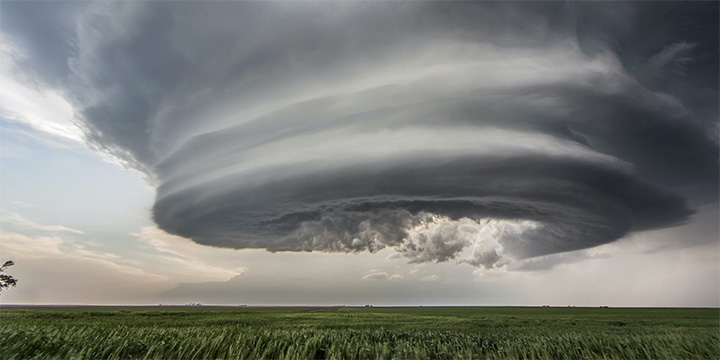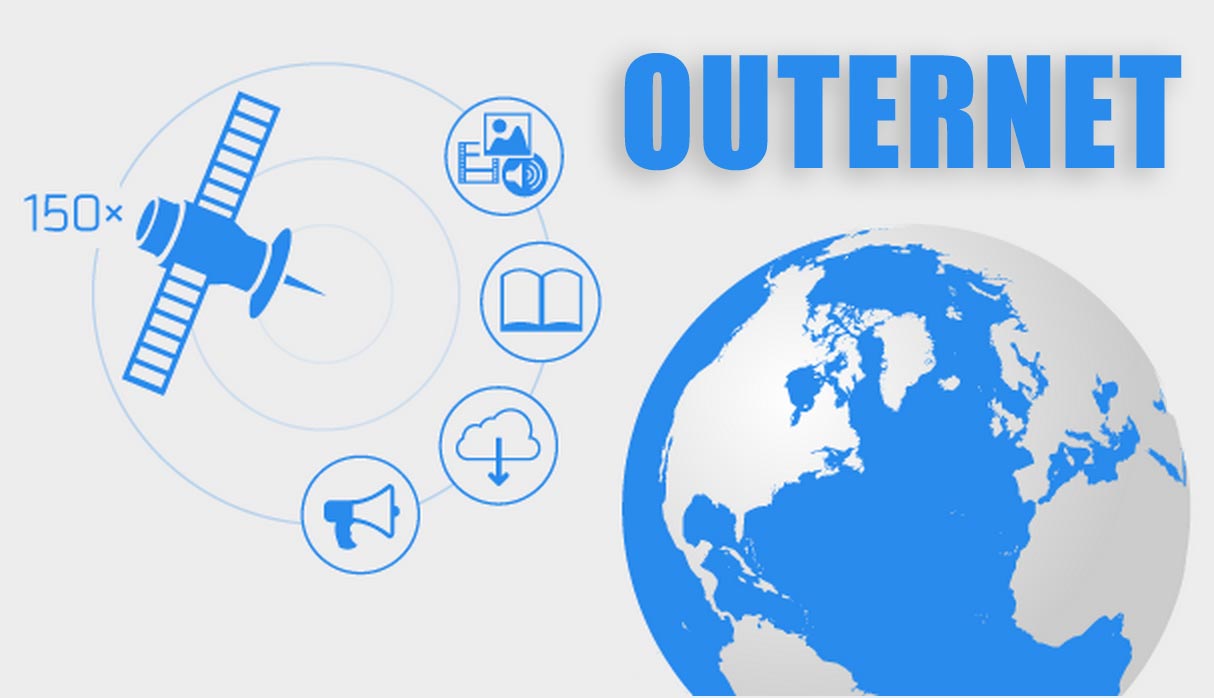Month: September 2016
-

Differences between Virtual Machines and Docker containers
Virtual Private Servers (aka Virtual Machines or VMs) have been a great middle-of-the-road server option for hosting. You get the best of both worlds as far as performance and price is concerned. The picture above is an excellent visual showing the differences between the Virtual Machine (Hypervisor) and Docker container models. The nice thing about Docker is it…
-

Supercell forming beside me
I was driving and the clouds started looking nastier and nastier. It soon dissipated not along after turning the camera off.
-

Accessing The Outernet (Tutorial)
This is an excellent guide from rtl-sdr.com on all the hardware and software needed in gaining access to the Outernet. The cost is relatively inexpensive for about less than $100 and there are also guides on how to build your own patch antenna if you chose not to buy one. You also don’t necessarily have to…